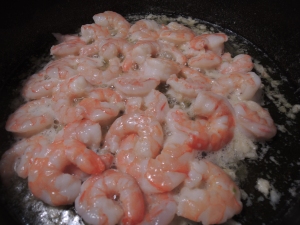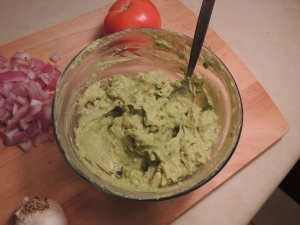Each week I have been talking about healthy foods and the different effects vitamins and minerals have on our bodies and brains. I have also posted a couple of my own recipes along with the nutritional facts. This week, however, I’m taking a break from that. Instead of covering foods that are beneficial to our bodies, why not cover some of my favorite feel good foods.
I am originally from Pittsburgh and have a few restaurants and cafes that I frequently visit. While i can’t promise diet-friendly plates, I can promise a delicious spread.
Lets start out with my favorite coffee shop, Commonplace. You can find this little gem on Forbes Avenue in Squirrel Hill. I have had everything from the house blend to the lattes of the month and have never been disappointed. Not only is the coffee great but the environment is also really laid back. I compare it to a non-mainstream coffee tree (if that makes any sense). Each month they change up their menu, keeping things interesting. I highly recommend taking a trip out and trying the lemon vanilla latte, you won’t regret it.
Another one of my favorite feel good foods is sushi. Not only is it delicious but it doesn’t weigh you down like a burger from five guys. I have been to a lot of sushi bars around the city and my favorite is Plum Pan Asian Kitchen. The place has great sushi rolls and a very modern atmosphere. Just a warning, it can be a little pricey but it makes for a great night out. They also have an extensive cocktail menu full of items you have never seen (or probably heard of). Its located on Penn Circle right across from Shadyside so check it out sometime.
In case you are looking for more mainstream cuisine, try BRGR. They serve gourmet milkshakes and of course, burgers. The restaurant has a pretty unique old school American feel which most places don’t do well. Add in an awesome patio and upscale dining and you get what you pay for. Forget about Burgatory, who wants to drive to waterworks anyway?
Finally, when you are craving something sweet check out Oh Yeah!. It’s located right in Shadyside on Highland Ave. This place serves traditional scoop ice cream and waffles. It is the perfect example of a dive. The menu is full of humor and with over 100 “mix ins” (think of Razzy Fresh on steroids), the possibilities are endless. Throw a couple scoops on top of their fresh waffles and you have yourself 1000 calories of heaven.
So there you have it, a few of my favorite places to splurge on when I don’t feel like eating in. I realize i didn’t in anyway cover all of Pittsburgh, but I like to keep it close to home and whether you are in South Oakland, North Oakland, Shadyside, or Squirrel Hill, all of these places are in reach.



































